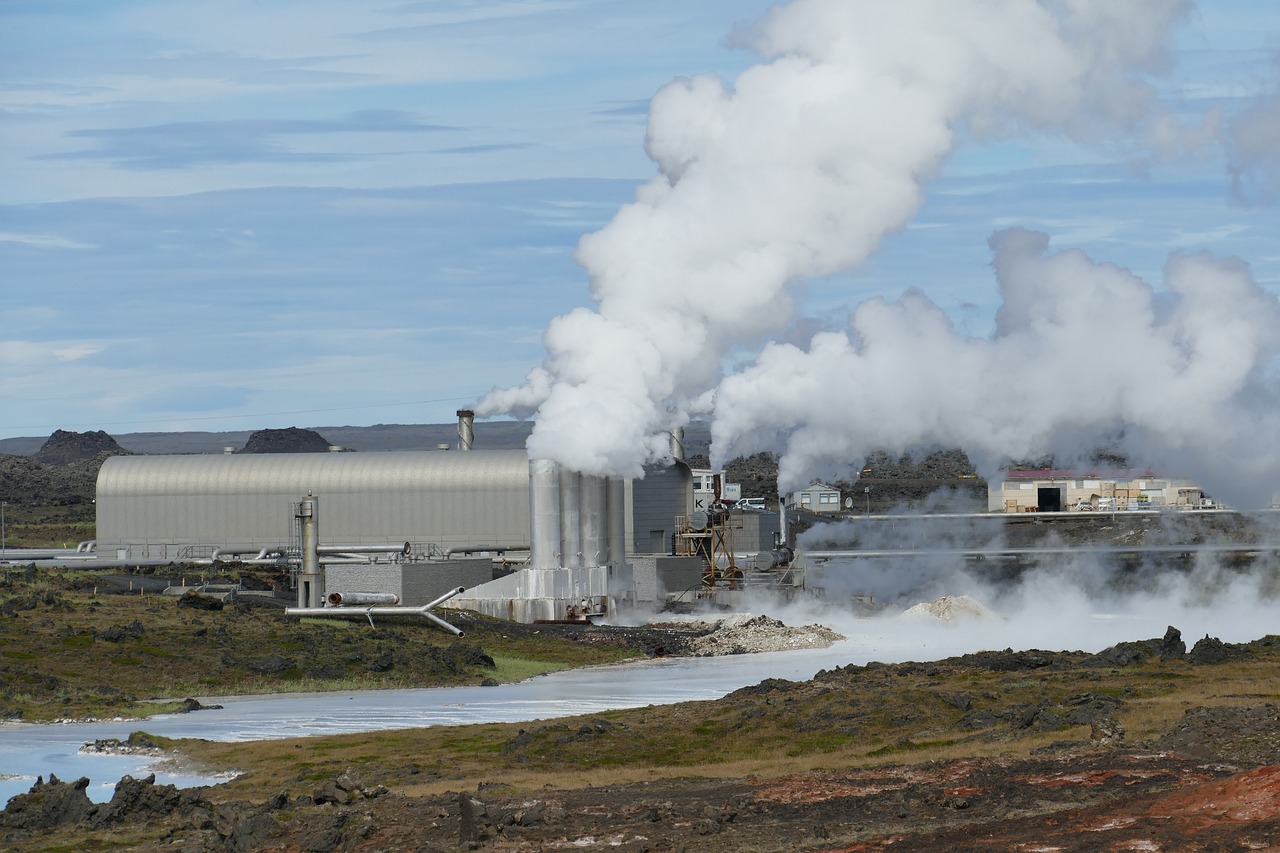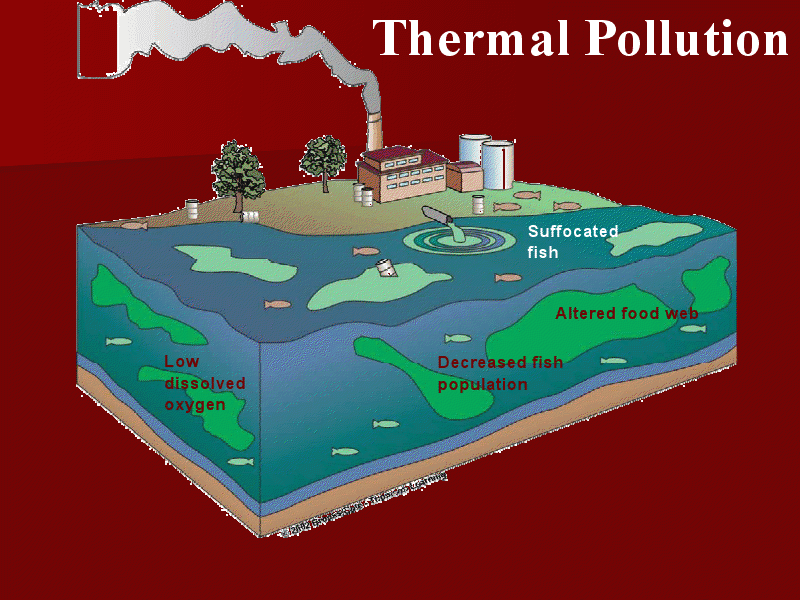Ideal Tips About How To Prevent Thermal Pollution

As a result, plants and animals may succumb to suffocation.
How to prevent thermal pollution. Do is reduced because warm water holds less oxygen than cold water. Causing an increase in the temperature of a water body such as a lake or sea changes the content of the water and damages its. The warm water as a result of thermal pollution holds a lot less oxygen than cold water.
Cooling towers and artificial lakes. Use light bed linen and sheets, and no cushions, to avoid heat accumulation. Thermal pollution is a growing concern, especially with climate change exacerbating increases in water temperature from power plants, industry, agriculture, and other human sources.
Learn about the causes, effects and solutions of thermal pollution, a major environmental problem that affects the atmosphere and ecosystem. Additionally, businesses should reduce their contribution to thermal pollution in whatever way is most practicable for them—reducing emissions, preventing waste heat leakage, or. Use of alternative sources of energy.
Thermal pollution is mainly associated with water. Section 316 (a) governs sources of pollution with thermal discharges and empowers the u.s. There should be proper use of unproductive materials derived from thermal stations.
We need to take appropriate measures to prevent thermal pollution. Cooling towers are the surest way to solve thermal pollution problems, because the cooling results can be predicted with a high degree of accuracy prior to. Electrifying public transport is one way to lower both air pollution and carbon emissions.
Environmental protection agency (epa) to regulate thermal. Industries which generate excess heat release the heated water into water channels. Drink regularly, but avoid alcohol and too much caffeine and sugar.
Warmer water temperatures can also. As of 2013, about a third of total power generation in the u.s. Find out 10 ways to.
This water affects the normal temperature. Hence, cogeneration or combined heat and power is an effective measure to prevent thermal pollution. Heated water from these sources may be controlled with:

















